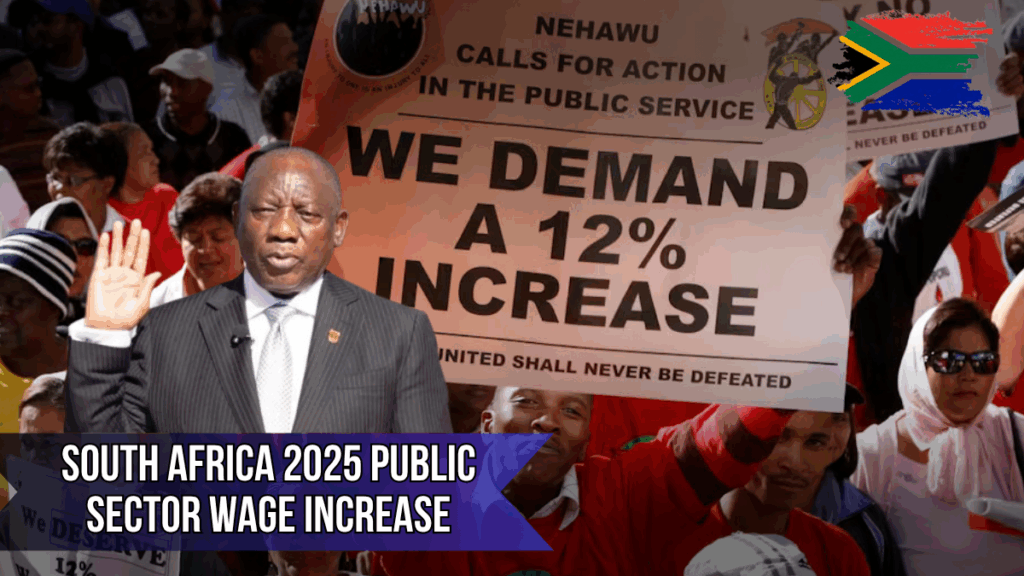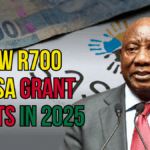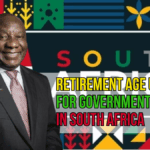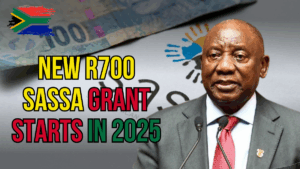The South African government has confirmed a 6.5% mid-year salary increase for most public servants, effective June 1, 2025. Negotiated through the Public Service Coordinating Bargaining Council (PSCBC), this pay rise covers employees across all national and provincial departments, from teachers and nurses to police officers and clerical staff.
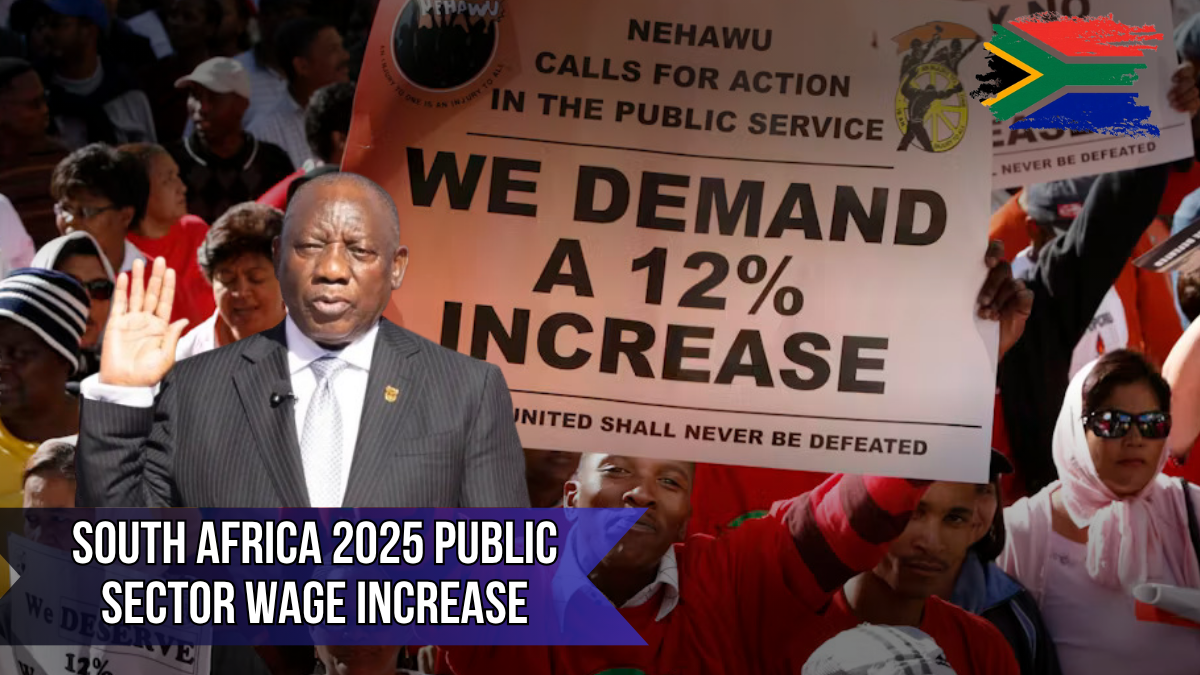
Summary Table: Public Sector Salary Increase in South Africa
Aspect |
Details |
|---|---|
Effective Date |
June 1, 2025 |
Increase Percentage |
6.5% across public sector |
Who Benefits |
Public servants (national & provincial), teachers, healthcare workers, police, clerical staffs |
Allowances Unchanged |
Housing subsidies, medical aid, pension and fringe benefits preserved |
Key Negotiator |
Public Service Coordinating Bargaining Council (PSCBC) |
Payroll Update Target |
July 2025 payroll |
Further Talks Scheduled |
Early 2026 (inflation-linked adjustments likely) |
Read Official DPSA Circular |
DPSA notification on cost-of-living adjustments (homefromschoolfilm.com, riseupwv.org, riseupwv.org, dpsa.gov.za) |
What the Raise Means
On June 1, 2025, all qualifying public servants will receive a 6.5% increase in base salary. Teachers, healthcare workers, police officers, and administrative staff are included under this nationwide adjustment . Those covered by occupation‑specific dispensations (OSDs) and the Senior Management Service (SMS) will also benefit—SMS members receive a 5.5% increase in line with DPSA guidelines.
Why Now? Inflation, Retention, and Living Costs
South Africa’s public service has faced wage stagnation amid inflation, rising fuel and electricity tariffs, and global uncertainty. The 6.5% hike aims to:
- Counteract inflation eroding employee purchasing power
- Boost morale and reduce staff turnover
- Recognize the pandemic’s long-term fiscal impacts on workers
According to labor analysts, the increase aligns with the Reserve Bank’s CPI forecasts (≈ 4.5%), ensuring salary growth keeps parity with inflation plus a further real-term rise.
Maintenance of Fringe Benefits
Importantly, existing benefits such as housing allowances, medical aid subsidies, pension contributions, and other fringe perks remain intact. Union negotiators emphasized preserving these elements while agreeing to a compromise between worker demands (some requested 8%+) and fiscal realities.
Fiscal Planning and Sustainability
Implementing the raise requires careful budget adjustments. National Treasury amended the 2025/26 budget to accommodate rising payroll expenses. Revenue integrity and service delivery will be safeguarded by efficiency drives and revenue-collection measures—a key reassurance from finance authorities.
Worker Sentiment & Union Feedback
Unions have responded cautiously but positively. They welcome the long-overdue hike while noting that further negotiation is needed to match future inflation. Public Service Association leaders called the pact “a fair compromise”. Workers—particularly frontline staff—view the raise as overdue and likely to improve morale and productivity.
Economic Impact Beyond Government Pay
Public sector employment is significant—spanning over 1 million jobs. The hike is expected to:
- Raise disposable income in urban areas
- Stimulate local economies
- Encourage spending on essential goods and services
Economists caution that sustained wage growth must align with economic expansion, improved public-sector efficiency, and long-term fiscal discipline.
Payroll Implementation and Oversight
Provincial payroll systems are being updated this June. Human Resources and DPSA aim to publish new salary figures in July 2025 payslips. Unions will monitor payroll milestones and are expected to initiate future negotiations in early 2026 based on inflation and economic performance.
Stability and Future Outlook
The 6.5% raise is a positive step toward addressing worker compensation after years of challenge. Future increments are likely to follow inflation-linked models. Continued negotiations in 2026 aim to further stabilize public service remuneration, foster retention, and support essential public services.
Frequently Asked Questions (FAQs)
Q1. Who receives the 6.5% increase?
Ans. All public sector employees under PSCBC (national, provincial), including educators, healthcare workers, police, and clerical staff .
Q2. What about Senior Management and specialists?
Ans. SMS members will receive a 5.5% adjustment under DPSA’s April circular. Those on special OSD scales align with the general increase based on their terms.
Q3. Are allowances affected?
Ans. No. Housing, medical aid, pension contributions, and other allowances remain at current levels unless agreed otherwise.
Q4. When will I see the increase?
Ans. Effective June 1, this will reflect in your July 2025 payslip. Ensure your bank and tax details are up to date.
Q5. Can I dispute my pay?
Ans. Yes. If the increase isn’t reflected correctly, contact your departmental HR or engage your union representative for assistance.
Q6. Will there be more increases?
Ans. Further discussions are planned for early 2026, aiming to adjust future pay based on inflation and economic performance.
Q7. How does it impact national finances?
Ans. The adjustment is already accounted for in the amended national budget. Ongoing efforts focus on cost containment and boosting efficiency.
Conclusion: A Key Milestone in Public Service Pay
The 6.5% mid-year salary increase marks a significant achievement for South African public servants. It acknowledges fiscal constraints, addresses inflation, and fosters workforce stability. With preserved benefits and structured planning, this pay rise helps rebuild trust, strengthen public service delivery, and position government employees for a more resilient future.
For full details and official documentation:
- DPSA Circulars (April 2025 cost-of-living adjustments)
- PSCBC Agreement on 6.5% raise
For More Information Click Here

